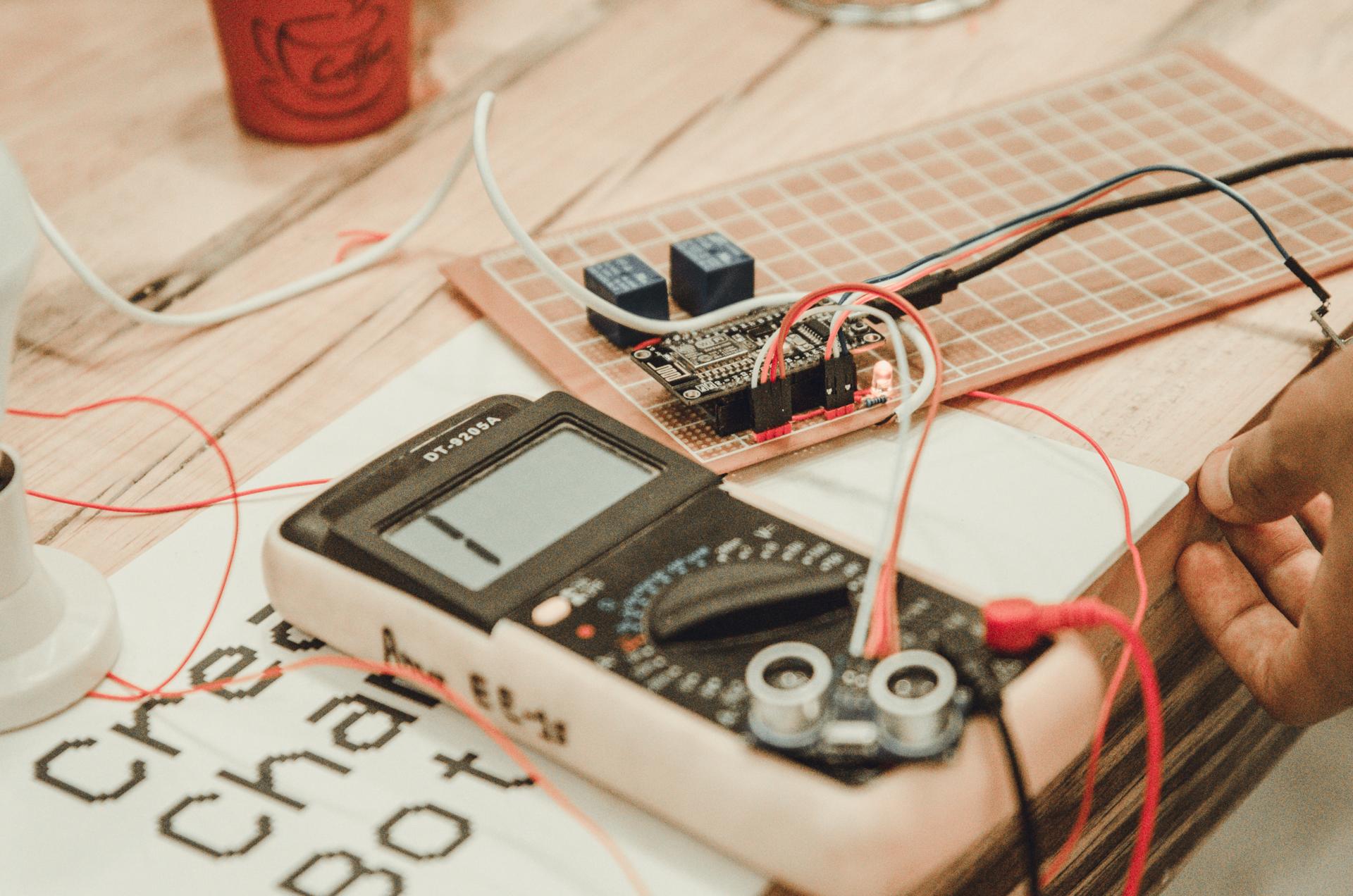Never Risk Your Security: Follow These Steps to Conduct an Electric Security Test at Home.

In terms of security in your home one of the most crucial aspects to be considered is the safety of electrical wiring. Electrical safety testing is the process of checking the electrical system in your home to make sure that it’s safe and current. In this article we’ll provide an overview of what electrical safety testing are, the tools you’ll need to conduct them, how to perform the tests, and what warning signs you should look out for.
What exactly is an Electrical Safety Test?
A safety test for electrical appliances is the process of inspecting the electrical system inside your home to ensure that it’s functioning safely and in a proper manner. Safety tests for electrical appliances are crucial as they help to prevent electrical accidents and fires and also ensure the long-term durability that your electric system has.
Tools Required for an Electrical Safety Test
To conduct an electrical safety check, you’ll need a few essential equipment. These include an electrical voltage tester as well as a continuity tester, circuit tester, as well as outlets tester. It is utilized to test for live circuits, whereas the continuity tester looks for damaged circuits. Circuit testers are used to look for wiring issues and outlets testers are used to detect wiring problems in the outlets. It’s important to use these devices correctly to get precise results.
How do I Conduct an Electrical Safety Test
To perform an electric safety check in your home take these steps:
Switch off the power source for the circuit that you’re trying to test.
Use your voltage tester to look for live circuits.
Utilize this continuity tester to test for damaged circuits.
Make use of the circuit tester for checking for electrical faults.
Make use of the outlet tester to check for wiring problems in the outlets.
During the process of testing make sure you look for any evidence of wear or damage on the wires that could indicate frayed or broken wires, burn marks, as well as loose or damaged connections. If you discover any problems, it’s important to address the issues as soon as you can to prevent any potential dangers.
Signs of Electrical Problems to Look Out for
There are many indicators that may indicate electrical problems in your house. These include flickering lights, frequent circuit breaker tripping noises that crackle or buzz from outlets, hot or discolored outlets as well as a burning smell. If you notice any warning indicators, you must get to work immediately to avoid potential electrical hazards.
Conclusion
Electrical safety tests are crucial to ensure the safety of your home and your family. By conducting regular tests and taking care to address any issues immediately you will be able to prevent hazards to electrical equipment and extend the lifespan of your electrical system. If you need assistance in electrical repairs or testing Don’t hesitate to reach out to Local Electrician Western Sydney. Our team of experts can offer you expert advice and assistance. Contact us via 1300 941 876 to schedule an appointment or request a quotation.
FAQ Section
What is the recommended frequency to perform an electrical safety test at my home?
We recommend conducting safety tests for electrical equipment at least once per year.
Do I have the ability to conduct an electric safety check by myself or do I require a professional?
While it’s possible to perform an electrical safety test by yourself however, it’s advised to employ an expert to ensure the accuracy of results and avoid potential hazards.
What are the most frequent electrical issues that are discovered during an electrical safety test?
The most frequently-repeated electrical issues found during a safety test include faulty wiring, overloaded circuits and outdated electrical systems.
What should I do if I encounter a problem during the electrical safety test?
If you discover a problem when you conduct the electrical safety check it is important to take action immediately. This may involve getting an expert electrician to fix the problem or replacing the equipment that is malfunctioning.
